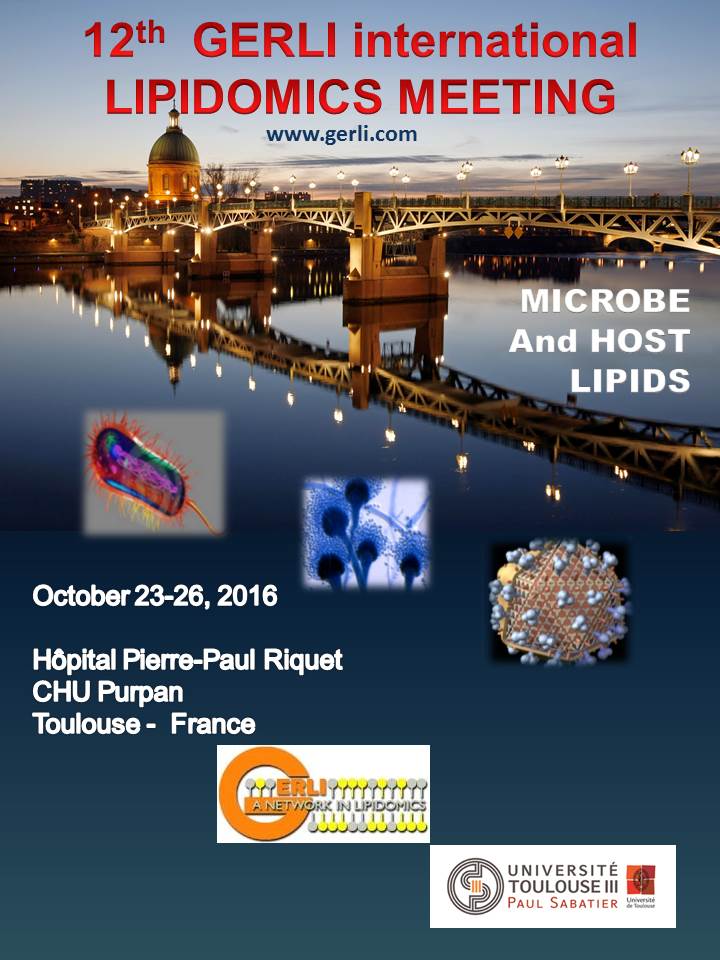MICROBE and HOST LIPIDS
From infections to microbiota and imaging
Microbes are found in almost every habitat present in nature and are vital to humans. For instance, the human microbiota has an influence on host physiology. In contrast, some pathogenic microbes can cause infectious diseases, which altogether claim 17 million deaths per year worldwide. Better understanding man and microbes interaction is thus a major public health issue. Indeed, a deeper knowledge of microbiota functions as well as the pathogenic mechanisms developed by microbes will pave the way for the development of new preventive or therapeutic strategies.
Lipids, via their different functions, play a key role in host-microbe interactions. They are essential components of the cell membranes. Some of them are able to modulate host cell functions, and might be used as virulence factors by pathogenic microbes. Manipulation of host lipid metabolism is among the invading strategies evolved by infectious agents, but regulation of host lipid metabolism in physiological conditions also relies on the microbiota. Finally, lipid mediators of inflammation play an essential role in the immune response to infection.
The 12th GERLI lipidomics meeting is part of a series of annual international conferences covering all aspects of lipid research, from advances in basic science to knowledge-based technology, and human health. It will focus on the role of microbe and host lipids in the different contexts of host-microbe interaction. These themes will be developed by some of the most renowned international experts in the field, based on studies dedicated to different types of microbes: bacteria (Pseudomonas, Staphylococcus, Mycobacterium, Shigella, Listeria), fungi (Aspergillus, Candida), viruses (Ebola, hepatitis C) and parasites (Plasmodium).
